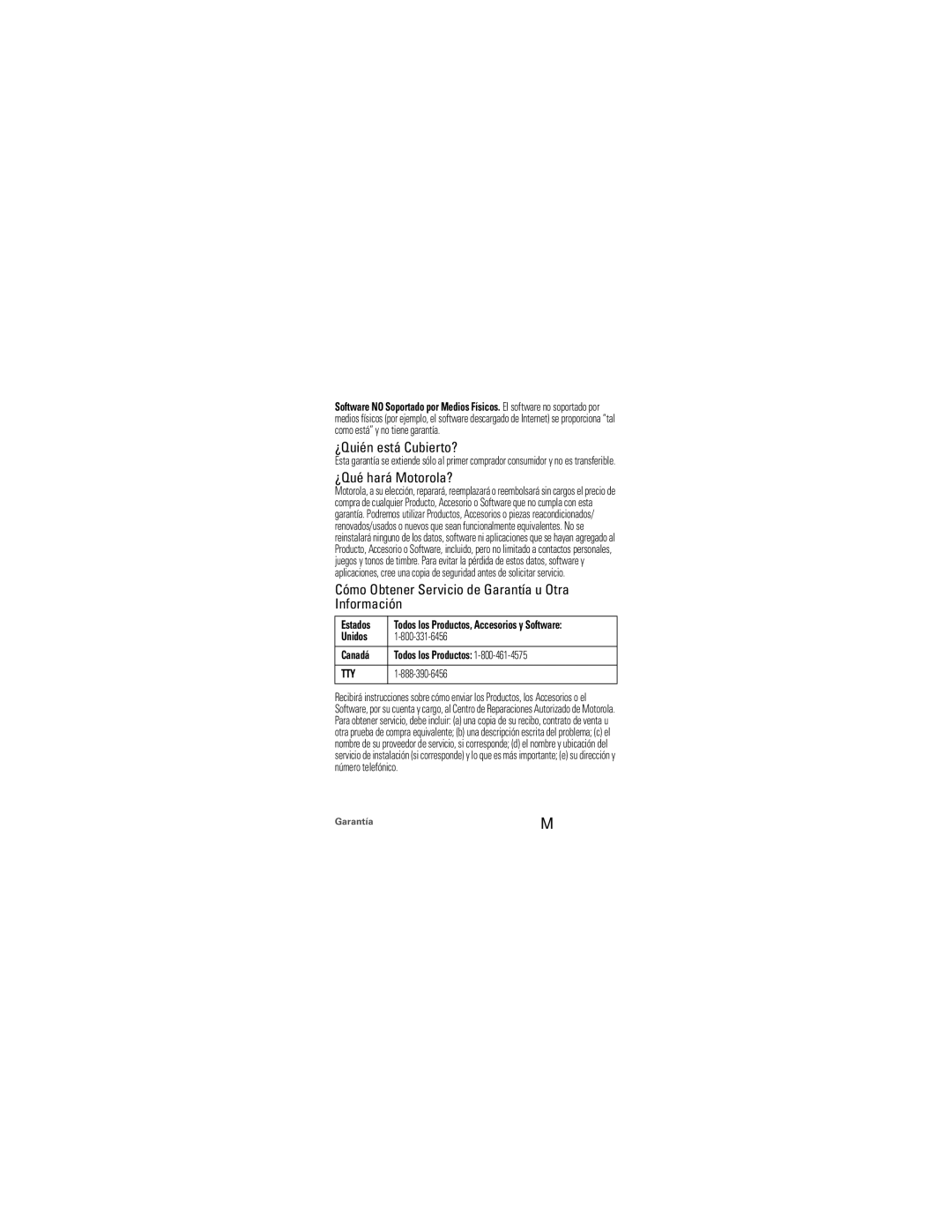68000202964-A, 68000202964-AM specifications
The Motorola 68000202964-AM and 68000202964-A are components from the renowned Motorola 68000 series, which has played a pivotal role in the evolution of microprocessor technology since its introduction in the late 1970s. These models, while not as widely recognized as some of their predecessors, still exemplify the architecture and innovative spirit that made the 68000 series a staple in early personal computing and embedded systems.One of the standout features of the Motorola 68000202964-AM and 68000202964-A is their compatibility with the Motorola 68000 architecture. This architecture is known for its 32-bit data bus and its ability to handle 16-bit and 8-bit data effortlessly, providing a high degree of flexibility for developers. The microprocessor architecture employs a sophisticated instruction set that allows for efficient coding and execution, enhancing performance in various applications.
The primary characteristic of these microprocessors is their impressive processing power, designed to handle multiple instructions per cycle. This efficiency is partly due to the advanced pipelining and modular design, which enables faster instruction processing and execution. The 68000 series is also known for its exceptional addressing capabilities, allowing developers to access a significant amount of memory and manage complex tasks.
In addition to processing power, these models integrate several key technologies. They support both static and dynamic RAM configurations, offering flexibility in memory usage based on application requirements. Furthermore, the microprocessors come equipped with on-chip caches to improve performance by reducing wait times for memory access.
The power management features of the 68000202964-AM and 68000202964-A also stand out. They are designed to operate efficiently in varying thermal conditions, which is crucial for embedded systems that may encounter heat constraints. This reliability makes them suitable for a range of applications, from consumer electronics to industrial automation.
In summary, the Motorola 68000202964-AM and 68000202964-A microprocessors are a testament to the innovative design and engineering prowess of the Motorola 68000 series. With their robust processing capabilities, flexible memory management, and efficient power usage, these models continue to hold relevance in specific technological applications, contributing to the legacy of one of the most influential microprocessor families in computing history.
